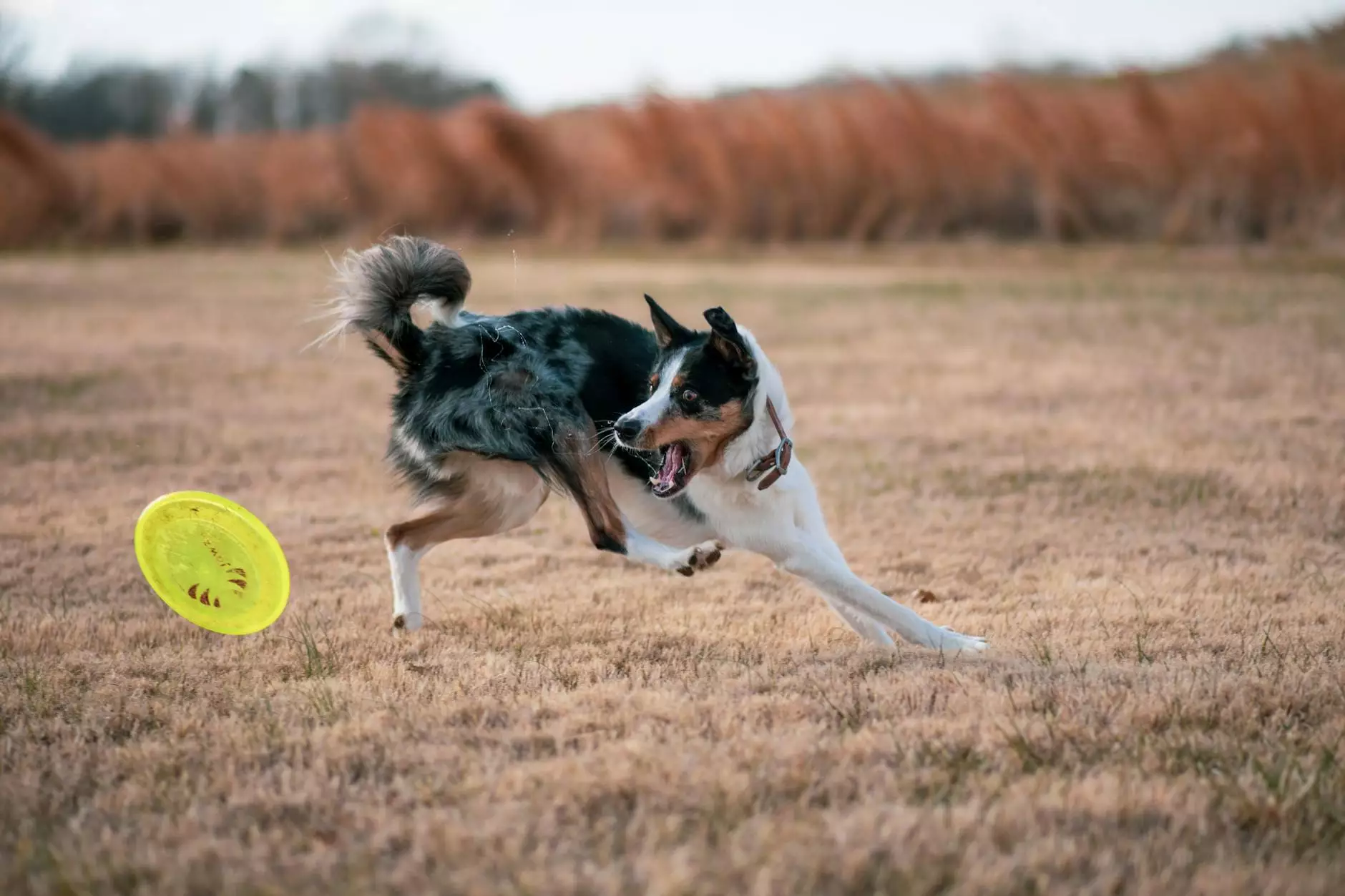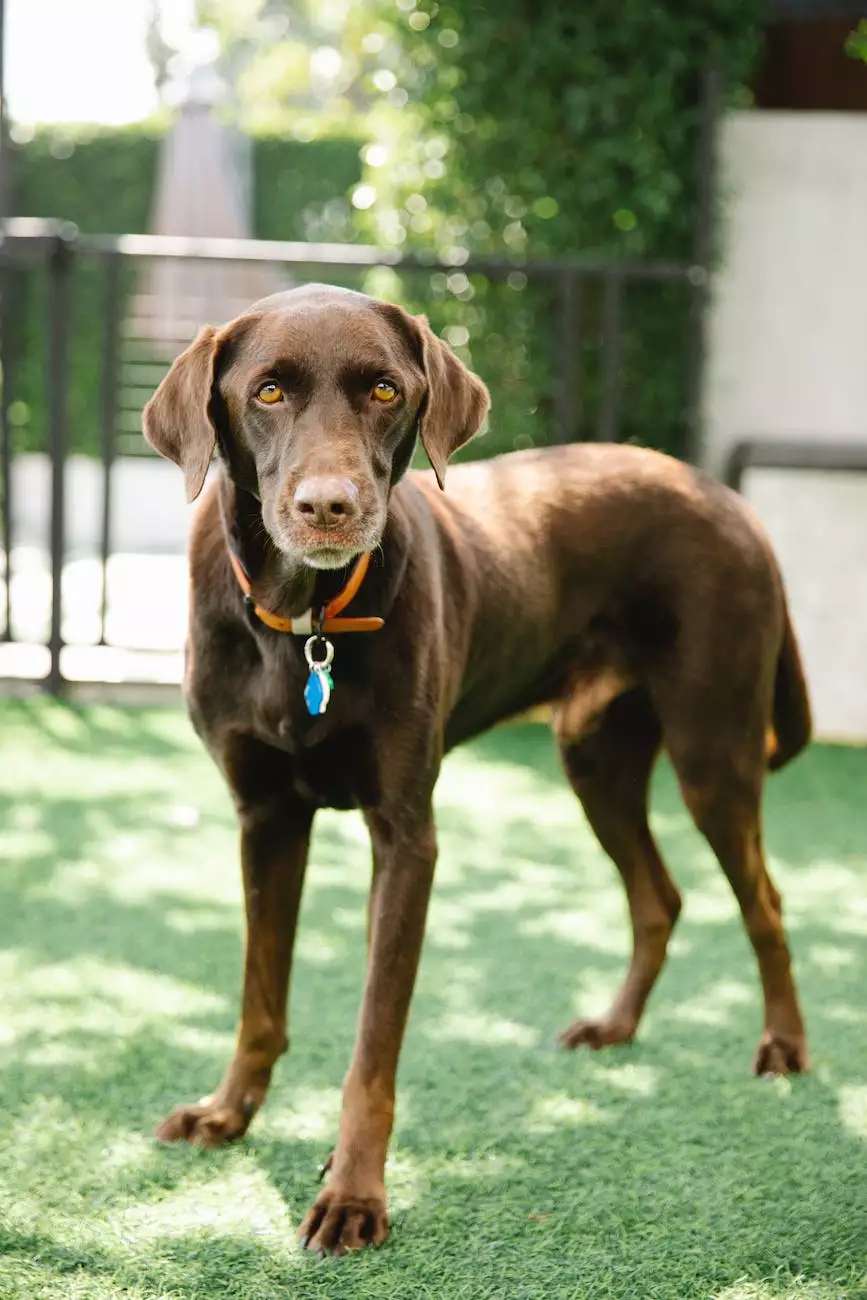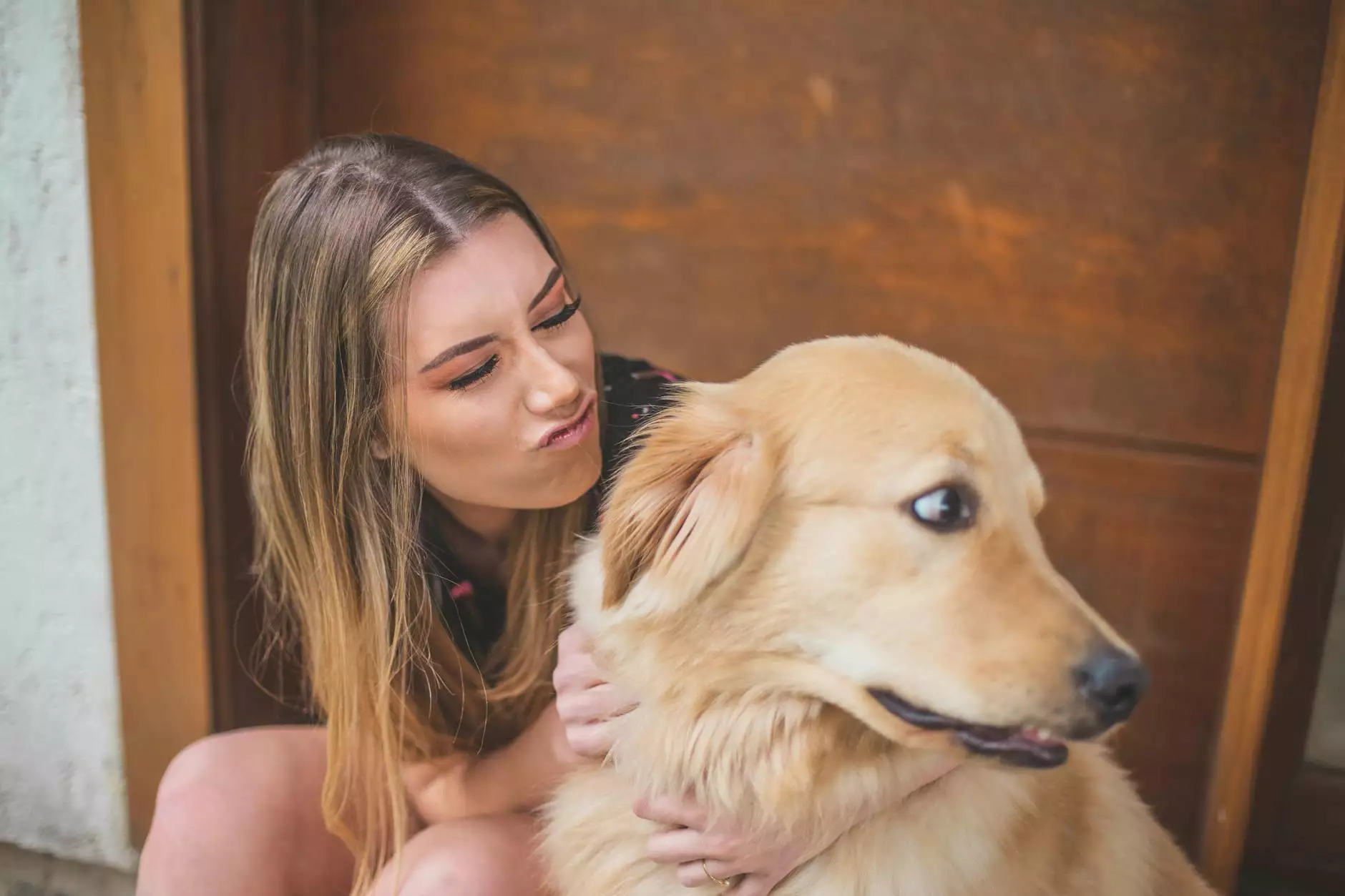All About Agility - DogTails - DogWatch® Hidden Fences
Dog Care
Introduction to Agility Training
Welcome to Wisconsin Adventures' comprehensive guide on agility training for dogs. Agility training is a popular activity for both dogs and their owners, providing physical exercise, mental stimulation, and an opportunity to bond with your furry friend. In this article, we will dive deep into the world of dog agility, covering everything from the benefits of agility training to the equipment required for a successful training session.
The Benefits of Agility Training
Agility training offers a multitude of benefits for dogs of all breeds and sizes. Besides the obvious physical exercise, agility training helps improve a dog's coordination, balance, and overall fitness. It enhances their confidence, obedience, and focus, making them better-behaved pets in various day-to-day situations. Moreover, agility training can be a great outlet for your dog's excess energy, keeping them mentally stimulated and reducing behavior problems due to boredom or anxiety.
The Basics of Agility Training
Before diving into the details, it's essential to understand the basics of agility training. Agility courses consist of a series of obstacles, such as jumps, tunnels, weaving poles, A-frames, and dog walks. Dogs are required to navigate through these obstacles in a specific order, following their owner's instructions. Timing, communication, and teamwork between the dog and owner are crucial for successful agility performance.
Agility Equipment
To get started with agility training, you'll need a few key pieces of equipment. These include:
- Jumps: Agility jumps come in different heights and designs. They help dogs practice jumping over obstacles and improve their coordination.
- Tunnels: Tunnels are flexible tubes that dogs must navigate through. They test a dog's agility and ability to follow directions.
- Weaving Poles: Weaving poles teach dogs to weave in and out of a series of upright poles, enhancing their agility and focus.
- A-Frames: A-Frames are large structures designed for dogs to climb up and down. They improve a dog's balance and confidence.
- Dog Walks: Dog walks consist of narrow elevated planks that dogs walk over. They strengthen the dog's hind legs and encourage coordination.
Tips for Successful Agility Training
Here are some useful tips to ensure successful agility training sessions:
- Start with Basic Obedience: Before introducing agility equipment, ensure your dog has a solid foundation in basic obedience commands like sit, stay, and come.
- Use Positive Reinforcement: Reward your dog with treats, praise, and play whenever they successfully complete an agility obstacle. Positive reinforcement encourages them to continue learning and performing.
- Keep Training Sessions Short and Fun: Dogs have short attention spans, so keep training sessions brief and enjoyable. End each session on a positive note to keep your dog engaged and excited for the next one.
- Gradually Increase Difficulty: Start with simpler obstacles and gradually introduce more challenging ones. Don't rush your dog's progress. The key is to build confidence and ensure a positive experience.
- Consult a Professional Trainer: If you're new to agility training, consider seeking guidance from a professional dog trainer. They can provide valuable insights, correct any training mistakes, and help you and your dog reach your full potential.
Agility Competitions and Events
For those passionate about agility training, participating in competitions and events can be a thrilling experience. These events provide an opportunity to showcase your dog's agility skills, compete with other dog enthusiasts, and even earn titles. Local agility clubs and organizations often organize competitions, allowing you to meet like-minded individuals and build a supportive community.
Conclusion
Agility training is a rewarding activity that offers numerous benefits for both you and your dog. With the right equipment, training techniques, and consistent practice, you can develop a strong bond with your furry companion while enjoying the excitement and challenges of agility courses. Remember to be patient, have fun, and celebrate every achievement along the way. Get started with agility training today and embark on a remarkable journey with your canine partner!



